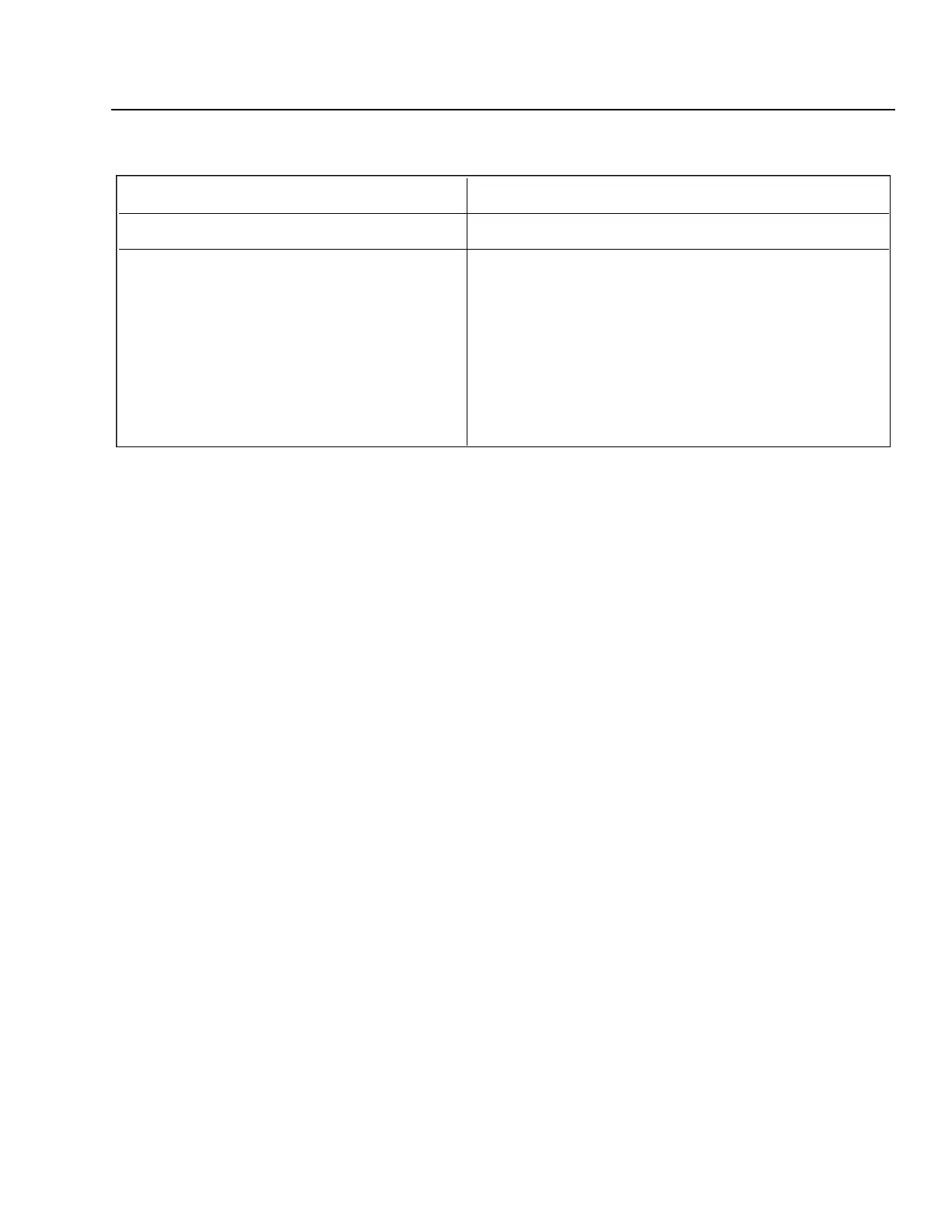CHART 2001. MAXIMUM DISTANCE BETWEEN SUPPORTS FOR FLUID TUBING
IDENTIFICATION OF FLUID LINES.(Refer to Figure 20-4)
Fluid lines in aircraft are often identified by markers made up of color codes, words, and geometric symbols.
These markers identify each line's function, content, and primary hazard, as well as the direction of fluid flow.
In most instances, fluid lines are marked with l-inch tape or decals. Paint is used on lines in engine
compartments, where there is the possibility of tapes, decals or tags being drawn into the engine induction
system.
In addition to the above mentioned markings, certain lines may be further identified as to specific function
within a system, for example: DRAIN, VENT, PRESSURE or RETURN.
Lines conveying fuel may be marked FLAM (Flamable); lines containing toxic materials are marked TOXIC
in place of FLAM. Lines marked PHDAN contain physically dangerous materials: such as oxygen, nitrogen and
freon.
The aircraft and engine manufacturers are responsible for the original installation of identification markers, but
the aviation mechanic is responsible for their replacement when it becomes necessary.
Generally, tapes and decals are placed on both ends of a line and at least once in each compartment through
which the line runs. In addition, identification markers are placed immediately adjacent to each valve, regulator,
filter or other accessory within a line. Where paint or tags are used, location requirements are the same as for
tapes and decals.
DISTANCE BETWEEN SUPPORTS (IN.)
TUBE O.D. (IN.) ALUMINUM ALLOY STEEL
1/8 9 1/2 11-12
3/16 12 14
1/4 13 1/2 16
5/16 15 18
3/8 16 1/2 20
1/2 19 23
5/8 22 25 1/2
3/4 24 27 1/2
1 26 1/2 30
PA - 4 4 - 1 8 0 / 1 8 0 T
AIRPLANE MAINTENANCE MANUAL
2 0 - 0 4 - 0 0
Page 20-04
Revised: May 15, 1989
1E7
PIPER AIRCRAFT

